Need Help Deciding Between Pella Double and Triple Replacements
snowlover13
17 years ago
Related Stories
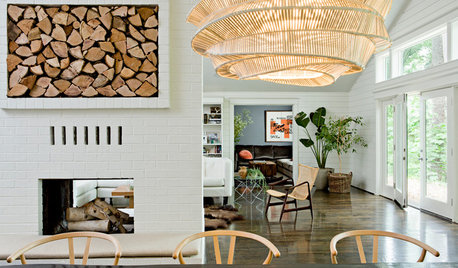
LIVING ROOMSDouble- and Triple-Sided Fireplaces Offer Countless Benefits
They can divide an open layout, blur indoor-outdoor boundaries, warm a modern look or just your toes. Is a mutisided fireplace for you?
Full Story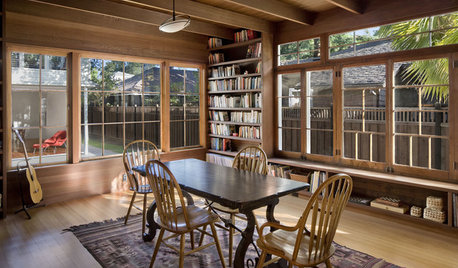
REMODELING GUIDESReplace vs. Restore: The Great Window Debate
Deciding what to do with windows in disrepair isn't easy. This insight on the pros and cons of window replacement or restoration can help
Full Story
MOST POPULARKitchen Evolution: Work Zones Replace the Triangle
Want maximum efficiency in your kitchen? Consider forgoing the old-fashioned triangle in favor of task-specific zones
Full Story
MOVINGRelocating Help: 8 Tips for a Happier Long-Distance Move
Trash bags, houseplants and a good cry all have their role when it comes to this major life change
Full Story
SMALL SPACESDownsizing Help: Where to Put Your Overnight Guests
Lack of space needn’t mean lack of visitors, thanks to sleep sofas, trundle beds and imaginative sleeping options
Full Story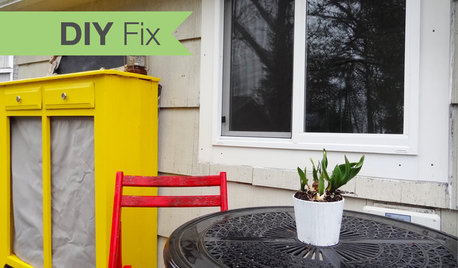
Replace Your Windows and Save Money — a How-to Guide
Reduce drafts to lower heating bills by swapping out old panes for new, in this DIY project for handy homeowners
Full Story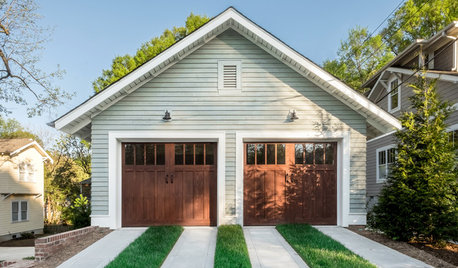
GREAT HOME PROJECTSHow to Replace or Revamp Your Garage Doors
Boost curb appeal and maybe even security with new garage doors. Find out cost ranges and other important details here
Full Story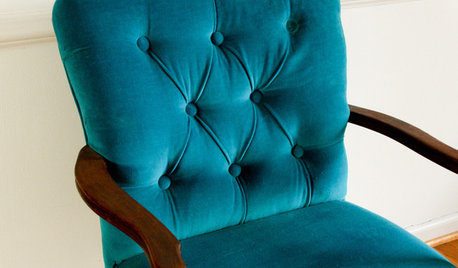
DIY PROJECTSHow to Replace a Button on a Tufted Chair
Fix a popped button on a tufted chair back with this upholstery teacher's step-by-step tutorial
Full Story
DECLUTTERINGDownsizing Help: How to Get Rid of Your Extra Stuff
Sell, consign, donate? We walk you through the options so you can sail through scaling down
Full Story
STANDARD MEASUREMENTSThe Right Dimensions for Your Porch
Depth, width, proportion and detailing all contribute to the comfort and functionality of this transitional space
Full Story







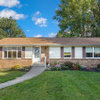
oberon476
snowlover13Original Author
Related Professionals
Marietta Window Contractors · Brooklyn Window Contractors · Fond du Lac Window Contractors · Granite City Window Contractors · Springfield Window Contractors · West Springfield Window Contractors · De Luz General Contractors · Greenville General Contractors · Mira Loma General Contractors · Palestine General Contractors · Signal Hill General Contractors · Stoughton General Contractors · Fairfax Carpenters · Del Aire Carpenters · Snoqualmie Carpenters